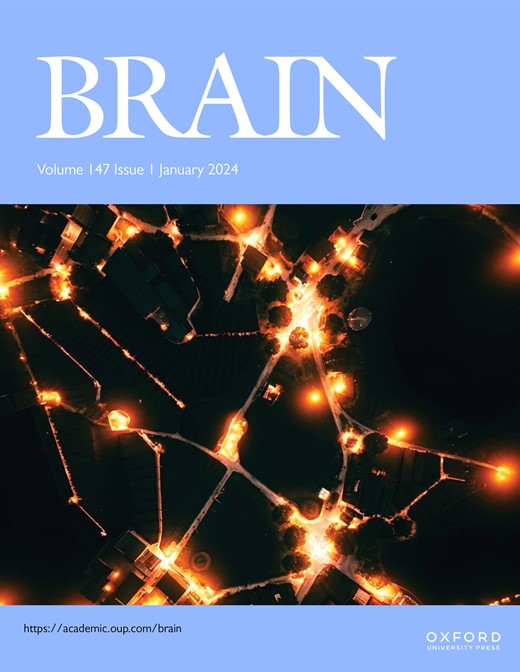星形细胞Kir4.1通道对脊髓损伤后痉挛的功能贡献
IF 10.6
1区 医学
Q1 CLINICAL NEUROLOGY
引用次数: 0
摘要
痉挛是一种以网络过度兴奋性为特征的普遍运动问题,会引起疼痛和不适,现有的治疗方法提供有限的缓解。虽然过去的研究主要集中在神经元因素上,但星形胶质细胞在痉挛中的作用被忽视了。本研究探讨了恢复星形细胞钾(K+)摄取以减少脊髓损伤(SCI)后痉挛的潜力。星形胶质细胞通过Kir4.1通道缓冲细胞外K+,防止神经元过度兴奋。脊髓损伤后,损伤部位的Kir4.1水平降低,但运动输出区这种降低的后果和机制尚未研究。我们在此证明,幼年胸椎脊髓损伤小鼠模型中的腰椎星形胶质细胞转换为反应性表型,显示形态功能和促炎改变。这些星形胶质细胞也经历nbce1介导的细胞内酸中毒,导致Kir4.1功能障碍和K+摄取受损。增强Kir4.1功能可减少脊髓损伤小鼠的痉挛,揭示与神经元高兴奋性相关的神经系统疾病的新治疗靶点。本文章由计算机程序翻译,如有差异,请以英文原文为准。
Functional contribution of astrocytic Kir4.1 channels to spasticity after spinal cord injury
Spasticity, a prevalent motor issue characterized by network hyperexcitability, causes pain and discomfort, with existing treatments offering limited relief. While past research has focused on neuronal factors, the role of astrocytes in spasticity has been overlooked. This study explores the potential of restoring astrocytic potassium (K+) uptake to reduce spasticity following spinal cord injury (SCI). Astrocytes buffer extracellular K+ via Kir4.1 channels, preventing neuronal hyperexcitability. Following SCI, Kir4.1 levels decrease at the injury site, though the consequences and mechanisms of this reduction within the motor output area have not been investigated. We here demonstrate that lumbar astrocytes in a juvenile thoracic SCI mouse model switch to a reactive phenotype, displaying morpho-functional and pro-inflammatory changes. These astrocytes also experience NBCe1-mediated intracellular acidosis, leading to Kir4.1 dysfunction and impaired K+ uptake. Enhancing Kir4.1 function reduces spasticity in SCI mice, revealing new therapeutic targets for neurological diseases associated with neuronal hyperexcitability.
求助全文
通过发布文献求助,成功后即可免费获取论文全文。
去求助
来源期刊

Brain
医学-临床神经学
CiteScore
20.30
自引率
4.10%
发文量
458
审稿时长
3-6 weeks
期刊介绍:
Brain, a journal focused on clinical neurology and translational neuroscience, has been publishing landmark papers since 1878. The journal aims to expand its scope by including studies that shed light on disease mechanisms and conducting innovative clinical trials for brain disorders. With a wide range of topics covered, the Editorial Board represents the international readership and diverse coverage of the journal. Accepted articles are promptly posted online, typically within a few weeks of acceptance. As of 2022, Brain holds an impressive impact factor of 14.5, according to the Journal Citation Reports.
 求助内容:
求助内容: 应助结果提醒方式:
应助结果提醒方式:


